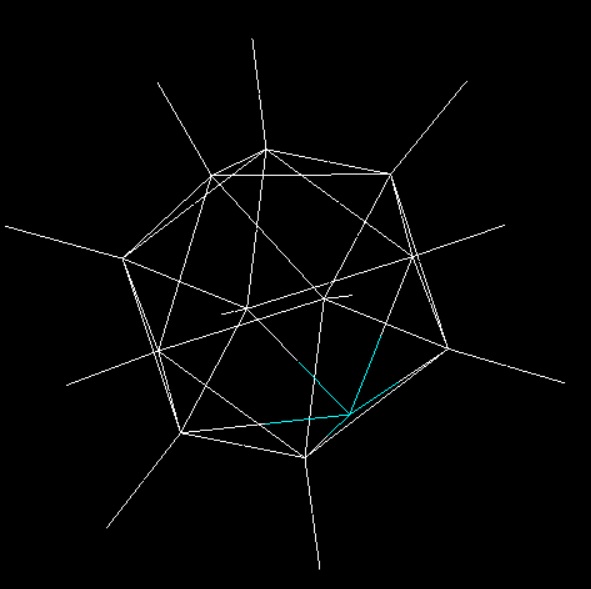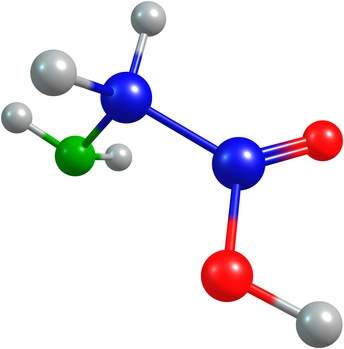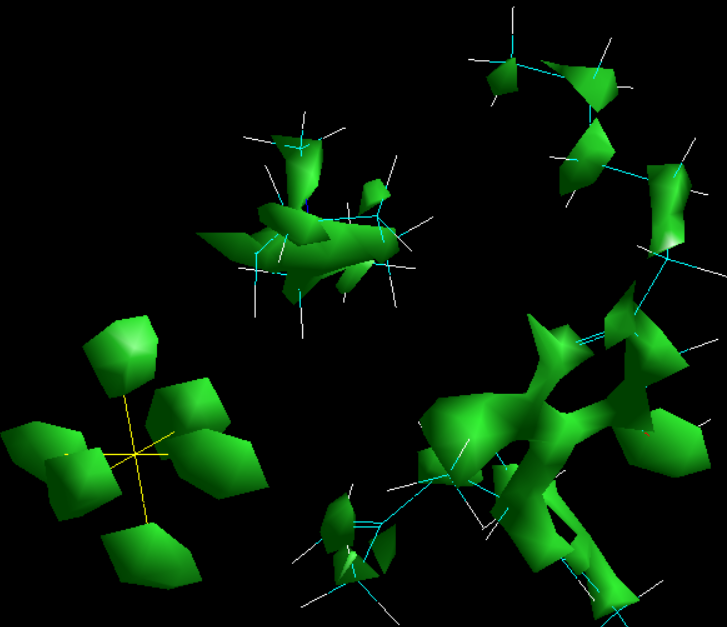Crystallization of novel compounds: Issues and solutions

When designing and testing in laboratory your crystallization process of novel compounds you may face significant issues. Every crystallization process is a long continuous optimization procedure that aims at coupling the thermodynamics of crystallization with the kinetics required for your outcome. Your process may not be optimized or might be not controlled efficiently due to a variety of reasons. Especially when your compound is a new one, you have to overcome additional problems and create profound understanding of your system.
Some of the most common issues the crystallization chemist / operator come across include:
- Small crystal size [lowers price of your product, affects mechanical properties, etc]
- Wide crystal size distribution [lowers price of your product, greatly reduces application range, greatly affects thermal and mechanical properties, etc]
- High amount of impurities present [deteriorates mechanical, chemical and thermal properties of your product, in the case of pharmaceutical even affects biological action, reduces price of your product, etc]
- Different shape of crystals that the desired one [lowers price, affects storage and transportation, affects mechanical and thermal properties]
We will address those and more issues in a forthcoming post, dedicated to troubleshooting and analysis of crystallization fundamentals.

Generally, it is well known that crystallization processes work efficiently in the metastable region, where crystal growth occurs. Moving up to intermediate region of supersaturation, the ratio of crystal growth to new crystal formation decreases. The ‘distance’ between your actual supersaturation and solubility curve is the key to controlling your crystal growth kinetics and thus optimize your outcome. This distance, the supersaturation no matter how it is created [evaporation, cooling, vacuum, second solvent] will dominate the kinetics through out the process. Many issues are generated at this point:
- How accurate can one predict/ calculate the solubility curve of a given compound in a given solvent and under what conditions?
The solubility curve information is the key to understanding, designing, and troubleshooting the crystallization process. When a known system is used, solubility curves are readily available from different sources with a high accuracy. When a system is not known however, the situation changes dramatically; one has to calculate/ predict/ evaluate theoretical and apparent solubilities for the system of interest. As it is implied, there are different ways to do that. The first one is by lab experimentation; this is the oldest, it is deemed ‘safe’ by many old fashioned chemists but involves perquisites and long, precise work. We, as a company, have clients that understood this point the hard way; they used only lab work to evaluate solubilities of novel compounds [mostly research chemicals and novel pharmaceuticals] at a range of temperatures and impurities. Following this approach means that you have the required experimental accuracy and precision, ability to monitor the actual process at real time, and finally controlling factors such as impurities and interactions of solvents. Also, when you successfully complete this task, you need to repeat it for every single solvent that you also want to use and for every combination of various solvents. This sounds like a lot of work and it really is!

The second and most efficient approach is to use computational chemistry software, COSMO-RS methods or a combination of them. Especially in the case of novel systems, the quantum chemistry based calculations will provide very accurate, reproducible, precise results that can be used as found or validated in a lab experiment. The main advantages of this approach include speed of calculation/ prediction, ability to predict solubilities for any system, under any conditions, and under any modification of conditions, thus providing complete flexibility and optimization capacity. Real solubility curves can be far from linear; a common mistake occurring in solubility curve estimation in the lab is assuming linear or range- linear curves for the solubility curves. Such mistakes lead to local variation of supersaturation and a great difference between the competing kinetics of crystallization; Growth minus Nucleation is decreases and crystal mean size drops in this case. We will expand more on this point in a forthcoming post!
- How accurately can you predict the growth, nucleation and secondary nucleation kinetics?
Every chemist working in crystallization uses relations for the kinetics of the different phenomena that compete during crystallization. The problem once again is how appropriate are the given relations for your system, and what happens when you work with a novel compound? Then, all factors need to be either experimentally determined or theoretically predicted. Experimental prediction involves isolating the process in a specific mono- kinetic region such as metastable or labile and consequent accurate monitoring of species formation and size changing. There are different techniques to do this such as zone sensing, optical approaches and others. Accuracy, precision and reproducibility are of the greatest importance and fitting of data may also reveal different semi empirical relations than initially assumed, but this is not really a problem since it leads to a better understanding of crystallization’s nature. The problems with this approach are of a stochastic nature since the ‘mono- kinetic’ regions assumed are true very close and very far from the solubility curves. And while it is easy to go ‘very far’ from the solubility curve, going ‘too close’ requires exact knowledge of solubility equilibrium as discussed above.
Again, the alternative is to actually ‘build’ your kinetic rate expressions based on combinations of computational chemistry calculations and COSMO-RS application. The actual fitting of such predictions will then offer multi-dimensional validation of the kinetic rates, including the stochastic reality generated by the real degree of supersaturation at any instance. Show cases of prediction for kinetics of growth, nucleation and secondary nucleation will be the focus of another forthcoming post on SinodosChemistry.com!
